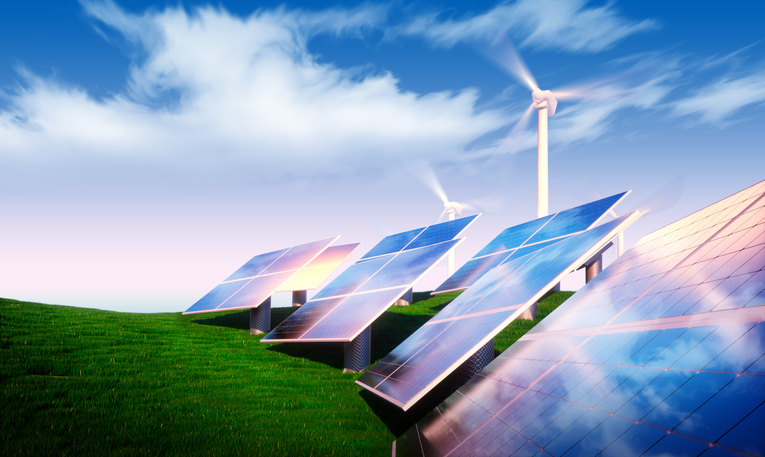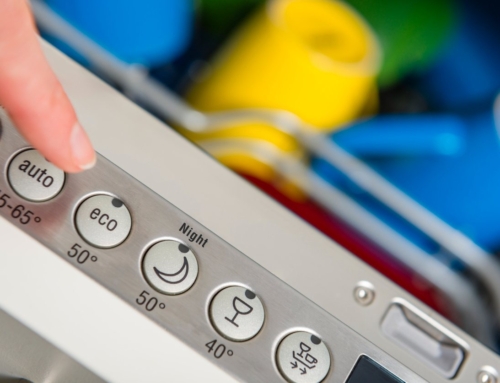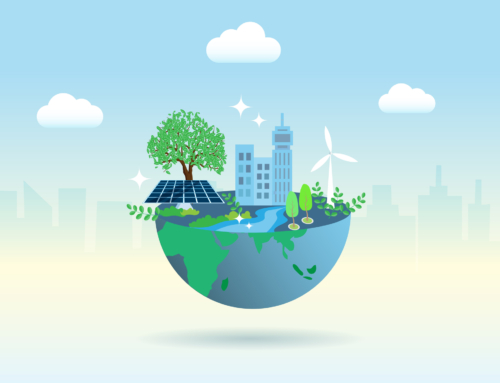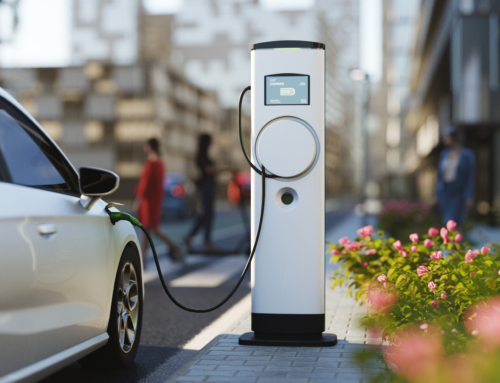The pros and cons of renewable energy vary greatly from one form to the next. To help you get a better understanding of the advantages and drawbacks, we’ve laid it all out for you in this article.
What is Renewable Energy?
Before we dive right into the pros and cons of the different forms of renewable energy, here’s a quick rundown of some renewable energy basics.
Renewable energy is a form of power derived from an energy source that we are not likely to run out of. Such sources include sunlight, wind, ocean waves, moving water, steam, and even organic waste. How the energy is pulled from each different source varies quite a bit, and we’ll cover that soon.
The pursuit of renewable energy is becoming increasingly popular as people all over the world attempt to find better, faster, and more cost-effective ways to power anything from a small mobile phone to a large factory. In addition to cost and convenience, most major forms of renewable energy are also far more environment-friendly. While some methods require a bit of pollution and emissions during production and transportation, these methods don’t continue to negatively impact the environment once they’re set up—unlike traditional and more conventional forms of energy, such as burning fossil fuels.
As you’re about to learn, there are a variety of different pros and cons of renewable energy, but it’s easy to see that these sustainable and eco-friendly power sources provide a list of benefits that outweigh the temporary drawbacks.

Photo Credit: Petmal
Pros and Cons of Renewable Energy
Pros
- Sustainable
- Little to no pollutants
- Utilizes local renewable resources
- Can lead to lower energy costs
Cons
- Not widely available
- Initial high costs
- Lack of storage
- May require significant infrastructure
What Are the Most Common Sources of Renewable Energy?
In this blog, we discuss the most popular forms of renewable energy and the advantages vs disadvantages of each one. This includes:
- Wind power
- Biomass power
- Geothermal power
- Hydroelectric power
- Solar power
- Ocean wave energy
Wind Power
It’s likely that you’ve heard of using wind power as a form of energy, as this renewable energy source has quickly gained popularity over the last few years. What makes wind power such a sustainable and renewable energy source is that it’s actually a form of solar energy.
You see, the wind is created when there is an active difference in the pressure of our atmosphere, which is caused by changes in the temperature—generally speaking. So long as the sun’s heating our planet, we’ll always have access to wind power.
Wind power is utilized by large turbines equipped with long blades that resemble propellers in shape. When the wind turns the blades, the rotor they are connected to spins an internal generator to create electricity.
Pros:
- One of the least expensive forms of renewable energy
- Sustainable and powered by an infinite resource
- Emits very low pollution after production and installation
Cons:
- Wind power can only be produced when winds are strong enough to turn the blades
- The size and materials of the turbines do result in greenhouse gas emissions during production and transportation, but the overall offset after their product should be considered
Biomass Power
Biomass power is a form of renewable energy that is carbon neutral and cleverly resourceful. The source from which we can draw biomass power is organic waste. Examples of organic waste that can be converted into energy are scrap lumber, manure, some types of crops, forest debris, etc. Even some types of water residues can be used.
Biomass power is similar to geothermal energy, in that it runs on steam. The organic waste is burned to heat water, and the steam that rises from the water generates electricity.
Pros:
- This energy source will greatly reduce our need to burn fossil fuels, which is harmful to our environment.
- Biomass power doesn’t produce new carbon—it’s considered carbon neutral.
- Eliminates a great deal of waste that would otherwise be dumped in landfills or openly burned.
Cons:
- Burning organic materials can’t be done without some pollution, but it is comparatively minimal.
- Requires a great deal of wood, which could negatively impact our forests.
Geothermal Power (Hydrogen Energy)
Water heated by the earth is a magnificent form of renewable energy that dates back thousands of years to the American Paleo-Indians who used it for washing, cooking, and cleaning. It wasn’t until 1904 that the potential of steam was fully realized when Italian scientist Piero Ginori Conti discovered a way to use steam to generate an entire power plant.
We acquire geothermal power through steam created by pumping water deep underground, where the earth is naturally heated. The steam then rises and turns a turbine that generates energy, much as a wind turbine does.
Pros:
- An energy source that is easily renewable
- A “green” form of energy that emits very little pollution
- Readily available all over the world
Cons:
- A lot more expensive than other forms of energy, but pays off well in the long run
- Requires proper management and upkeep of nearby reservoirs
Hydroelectric Power
Hydroelectric power is the term we use to refer to the renewable energy source known more commonly as water power. This energy is generated by fast-moving water and our society has taken advantage of it for decades. The most common way we utilize water power is with massive dams that cause moving water to generate electricity by spinning large turbines.
Pros:
- A low-pollution source of renewable energy
- A consistent and reliable energy source
- Provides a higher level of control than other forms of energy that are derived from things we can’t control, such as the wind or the sunlight.
Cons:
- Could easily be affected by a severe drought
- There is a limited number of dams and reservoirs to pull energy from
Solar Power
Solar power is by far the most popular form of renewable energy because it encompasses wind power and ocean wave energy. This ingenious idea was first discovered in the early 1800s by Alexandre Edmond Becquerel, a French physicist who studied the solar spectrum. Despite continual efforts to harness the power of the sun as a renewable energy source, very little progress was made until American engineer Russell Shoemaker Ohl invented the solar cell more than 100 years later in 1941.
Since then, solar-powered inventions have become a popular pursuit, resulting in solar-powered panels, lighting, and a number of other small gadgets and large home improvements.
Pros:
- An abundant source of virtually infinite and sustainable energy
- Far less harmful for the environment than more conventional energy sources
- Readily available all over the world
- Can reduce electricity costs in the long run
Cons:
- Often more expensive than conventional energy sources
- Production and transportation can produce greenhouse gases
Ocean Wave Energy
There are very few things in nature as powerful as a crashing ocean wave, and the way we measure power potential reflects that. The potential energy in wind is measured in gigawatts (GW) while the potential energy in waves and tides is measured in terawatt-hours per year (TWh/yr), with a TW equal to 1,000 GW. So it’s no surprise that mankind has derived a way to use this power as an energy source. Ocean waves are not only a powerful and renewable energy source, but they’re also as dependable as solar power. In fact, it could be argued that ocean wave energy is a variant of solar power.
The sun warms the earth, leading to atmospheric changes that generate high winds, which result in more waves in our oceans. So long as the sun is still shining, all three of these energy sources can be relied on.
Pros:
- Just one TWh/yr of power generated from waves is enough to supply more than 90,000 homes with power for the whole year
- A low-pollution way to generate a ton of energy
- Extremely efficient and reliable
Cons:
- The ocean is a competitive space with limited availability
- A far more expensive form of energy, but this is expected to change with time
- As a fairly new form of energy, we’re unsure of the environmental effects, currently minimal.
In conclusion, we hope this comprehensive list of the pros and cons of renewable energy has provided you with valuable insights. To learn more about how you can offset electric and natural gas usage with renewable energy certificates (RECs), and carbon offsets that aid with energy saving, check out Spring Power & Gas.




![Top 11 Sustainable Building Practices for Eco-Homes [Plus 5 Sustainable Materials]](https://springpowerandgas.us/wp-content/uploads/2023/02/iStock-181062267-500x383.jpg)

